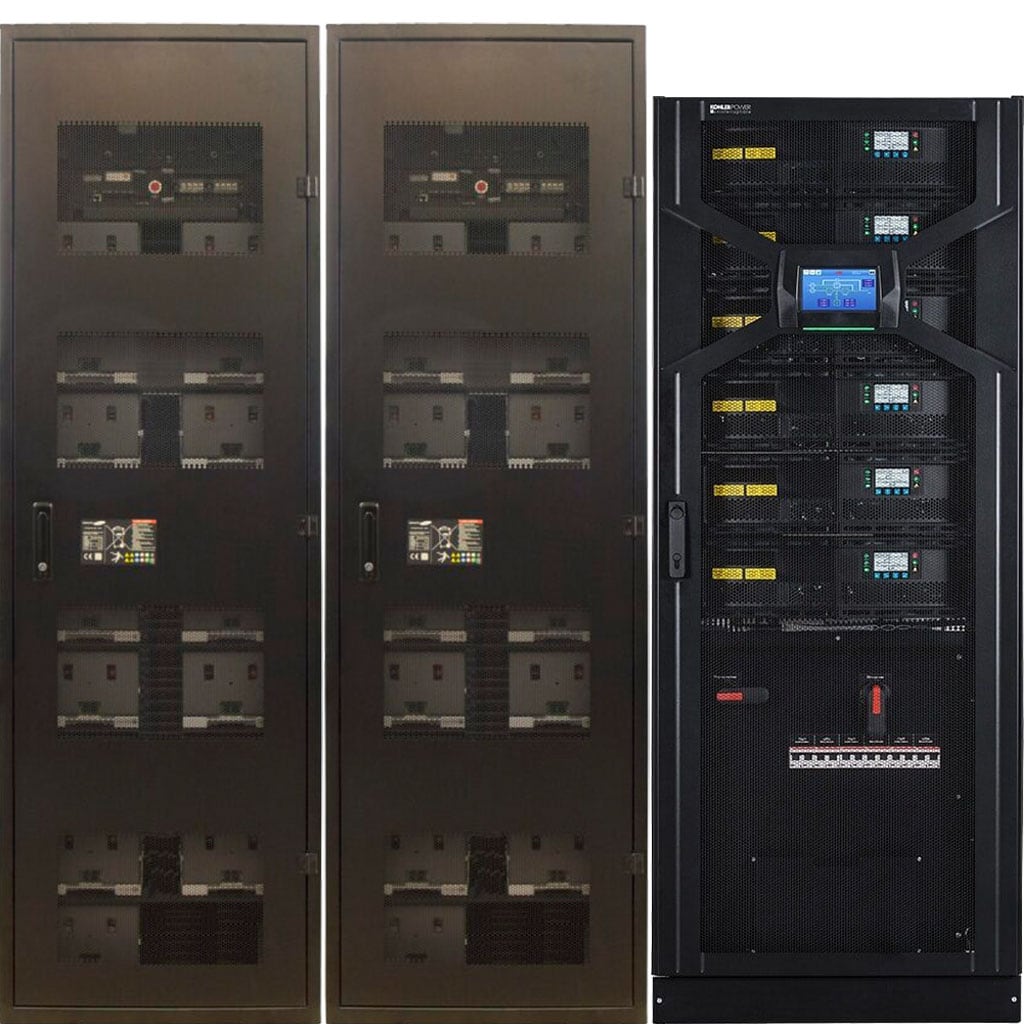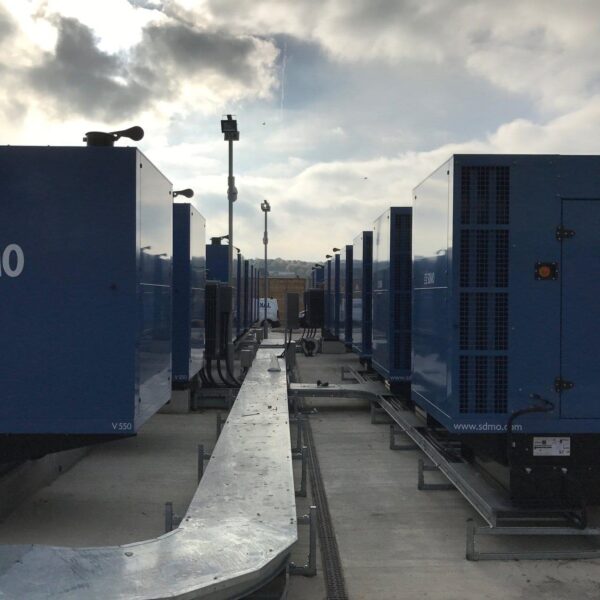Eventually, even the best-engineered UPS system will need replacing. But how can the benefits of a new installation be achieved most effectively?
As their UPS ages, data centre managers have to decide whether to continue running it until it fails, or replace it with a newer model. The ‘run to fail’ option comes to the fore when no budget exists for a new system. Some organisations may also see this approach as appropriate if they believe their business will not be unacceptably affected by a sudden UPS failure. Most, however, would view any power interruption as intolerable, because of the potential for damaging hardware, software, transactions – and, consequentially, reputation.
While postponing UPS replacement delays CAPEX and disruption to daily operations, it increases the risk of sudden failure. It may also limit the facility’s possibilities for future expansion. Meanwhile, maintenance costs and OPEX will rise, while older systems are likely to be less electrically efficient – an increasingly important consideration as energy prices continue to soar.
The case for a new UPS becomes stronger with time if the existing UPS vendor ceases to offer support and spare parts become unavailable. The CAPEX commitment and short term disruption and risk will be more than offset by reduced maintenance, energy and cooling costs, and better future proofing and expansion possibilities. Overall, fear of system failure is reduced, and peace of mind is much improved.
Nevertheless, taking steps to minimise the impact of upgrading will pay dividends. In particular, early consideration should be given to space requirements, environmental issues, battery requirements, and maintenance procedures. Early planning will mitigate problems not only during installation, but also throughout the operational life of the new UPS system.
Space requirements
All UPSs need access for top or bottom cabling, cooling, maintenance and repair. Plinths, if used, should allow maintenance access. Many UPSs are designed for flexible single core cables. If SWA cabling is used, glanding and bend radius must be allowed for. Flexible cables can also be considered.
Care must be taken to ensure adequate airflow and extraction, and that hot air exhausts are kept well clear of batteries – must they be in the same room as the UPS?
Environmental considerations
Modern UPSs are designed for installation into a controlled environment; a poor environment will reduce the UPS’s lifespan – and can even cause premature and catastrophic failure. Instead, the environment should be clean, dust free, dry, protected from fire and free of vibration, and with controlled temperature. Moisture, especially near coastal areas, must be kept away from the equipment.
Although a typical KOHLER Uninterruptible Power UPS has a temperature rating of 0-40°C, a controlled 20-25°C is far more suitable for electrical components. In any case, VRLA batteries require an operating temperature close to 20°C, as described below.
Life safety UPSs and central battery systems have specific environmental requirements. Regulations must be checked, as typically these systems will need to be located in areas protected against fire and flood.
Battery requirements
Most UPS batteries are Valve Regulated Lead Acid (VRLA), and have specific requirements. They are heavy, so floor loading calculations become critical especially on raised floors. They also vent hydrogen, so need a small amount of fresh air. As mentioned, their ideal operating temperature is 20°C – they age rapidly with higher temperatures, while low temperatures reduce their capacity.
Where external batteries are required, they can be installed into cabinets when space is limited, and access is not controlled. However, airflow is restricted, and maintenance is more difficult. Battery racks, if designed correctly, allow better airflow and access for maintenance – and the racks can be cladded if access is not strictly controlled. The racks can be any size, provided they are stable and with good maintenance access.
A battery installation needs battery isolation and/or protective devices, i.e., fuses. These should be as physically close to the batteries as possible, and multiple strings should have string isolators.
Although not as dominant as lead-acid, lithium-ion (Li-ion) batteries are also used in UPS systems. A number of chemistries are available, which trade off between cost, energy, power, safety, and life. UPSs typically use a mixture of lithium nickel manganese cobalt (NMC) and lithium manganese oxide (LMO).
Cyclic lithium-ion batteries offer higher discharge capabilities than lead-acid. At a high depth of discharge, their cycling capability is five to 10 times that of a VRLA battery. However, they are much more expensive than Li-ion batteries designed for standby use, which typically have a lower cycling capability, comparable to lead-acid.
In KOHLER Uninterruptible Power Li-ion battery configurations, each battery cabinet has dedicated battery management systems at single module and rack level, plus fuse, circuit breaker protection, and a dedicated 24V power supply.
For a simple comparison, a 200kW N+1 modular system with a common Li-ion battery of seven minutes’ autonomy would weigh 550kg and measure 650x600x2055mm. By contrast, a seven minute VRLA installation, complete with a PowerNSURE battery monitoring system, supporting a 200kW N+1 UPS would weigh 2,700kg. Size would be 1870x900x2450mm.
Maintenance
Regular maintenance, which is essential for correct UPS operation, must be considered during the design stage. Safe working space is essential, while access is needed for maintenance and repair. Local light and power is also required. Battery containment in particular must be designed for safe access.
Battery monitoring and maintenance
At the very least, UPS VRLA batteries should have a passive monitoring system to provide voltage, impedance and temperature status.
A better solution is provided by KOHLER Uninterruptible Power’s web-based PowerNSURE active monitoring and management system, which checks the internal resistance, temperature and voltage of every battery cell sequentially – then uses an equalisation process to correct the charging voltage operating range. This prevents gassing, dry-out and thermal runaway. The constant monitoring and controlling of the individual charging voltages for each battery guarantees the availability of the battery at all times. It also indicates battery problems before failure, and extends battery life.
Work with the right UPS partner
If you are considering a UPS replacement, and want to ensure a cost-effective, trouble-free and future-proofed installation, you could discuss your requirements with a vendor like KOHLER Uninterruptible Power. With 25 years of experience, 6500+ installed UPS base, and over 4000 service contracts, we can offer the experience, technology and depth of product range to ensure your UPS installation success.





